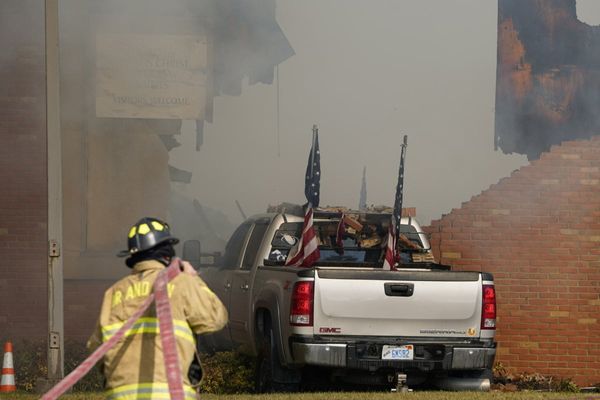
Did Interbrand India lose clients owing to covid disruption in the past two years?
It was a contradictory set of experiences we had. On the one hand, we experienced slowdown and reprioritization from a set of traditional sector clients. Simultaneously, we had another set, understandably from the tech sector, which accelerated the pace of work. So, while our implementation of the breakthrough segmented approach to realty branding and marketing for Godrej took a back seat in the wake of crisis management and the new WFH-fuelled residential demand, the launch of the electric brand and shift to the future of mobility for Hero MotoCorp followed a turbo-charged course.
Are brands returning as they resume business, and life limps back to normalcy?
First up, there is absolutely no questioning the palpable anxiety that is rampant across sectors and regions. Pent-up demand is creating a robust pipeline of projects for many, but the ability to pay is constrained. However, as confidence returns gradually, there surely is a new curiosity and appreciation towards doing the right things with the brand. The erstwhile attitude of salience-driven marketing by the advertising-bred Indian marketers seems to be substantially weakened. The mindless creation of brands has begun to get revisited. Working in silos, inefficiencies of engaging multiple specialists barely governed for brand coherence, the fixation with the TV commercial and many such flawed ways of working are being questioned as the brands in their new avatars take centre stage.
What questions are brands asking experts like you in a post-covid world?
One of the fundamental shifts is about thinking of a brand beyond advertising. Blinkered seeking of tearjerkers, preachy progressiveness, anthemic grandiosity or hilarious jokes to surrogate for all that brands can do, is on the wane. For long, advertising was wrongly seen as the only way of building brands. With the media consumption transforming due to the pandemic-accelerated OTT boom, and the ad industry struggling to find new relevance, clients are increasingly keen to know more ways of what can be done with and through their brands.
Are some of them looking to overhaul or refresh brands?
Indeed. I am calling it The Rebranding 3.0. The first wave of Rebranding was when brands were seeking to evolve from quality assurance to a dramatized-albeit-generic category promise in Independent India. The second wave, or the Rebranding 2.0, was witnessed during the 90s when post the opening up of the economy, Indian brands evolved to catch up with their global counterparts who were now competing with them in their backyard.
This new wave of Rebranding 3.0 is more mature and closer to global dynamics. Repositioning to find new relevance, optimizing portfolios, extending business categories and channels, transforming to be relevant for the future, connecting with new customers; gender diversity opportunities, progressive appeals; essentially doing right, doing more with less.
At Interbrand, we have been finding ways of demonstrating the business value-driving abilities of brands; and of inspiring our partners by showing them the new possibilities in the flux.
What is the biggest pressure that brands are facing from customers?
With customers being spoilt for choice and demand creation being critical for survival for businesses, there are immense new pressures brands are facing from customers oscillating between fear and hope.
Customers are interested in an ‘If’, not a ‘What’. In volatility, you are more likely to sell options and futures on products and services rather than products and services themselves. The demand for flexible conditions—from trials to returns to extensions—means your customers are actually paying for rights.
You are trading in what could be. Even Air India, much before its vaunted takeover, began to provide a free change of dates for all flights cancelled due to coronavirus.
Businesses will have to rebuild their customers’ confidence by giving them control and personalizing space and time through planned, at-my time experiences. What was once the distinguishing trait of luxury showrooms—appointments—is likely to become a norm for a wide variety of stores, clubs and dealerships.
For customers, brands now compete with cash and savings. In times of uncertainty, savings and cash are brands’ toughest competitors. Customers expect brands to design pricing models and financing solutions that reframe value and create access—making financing a strategic edge, not an opportunistic shortcut.
Customers want what is essential and savour its emotionality. In anxiety, household essentials become heroes. Whether you help keep people connected, insured or clean, step forward. Create an emotional bond with your brand. As fear wraps the future, ostentation will be replaced by investment in things that endure and hold their value over time. Brands could do well by focusing on their product’s worth and meaning.
Customers want you to evolve your channel strategy into their personal logistics. With direct-to-consumer, a less vulnerable route to market, personal supply chains, offering consumers complete control of their immediate environments, flourish. Customizing activities such as viewing, ordering, collecting, assembling, discussing, sharing and enjoying gives rise to near-personalize logistics chains.







